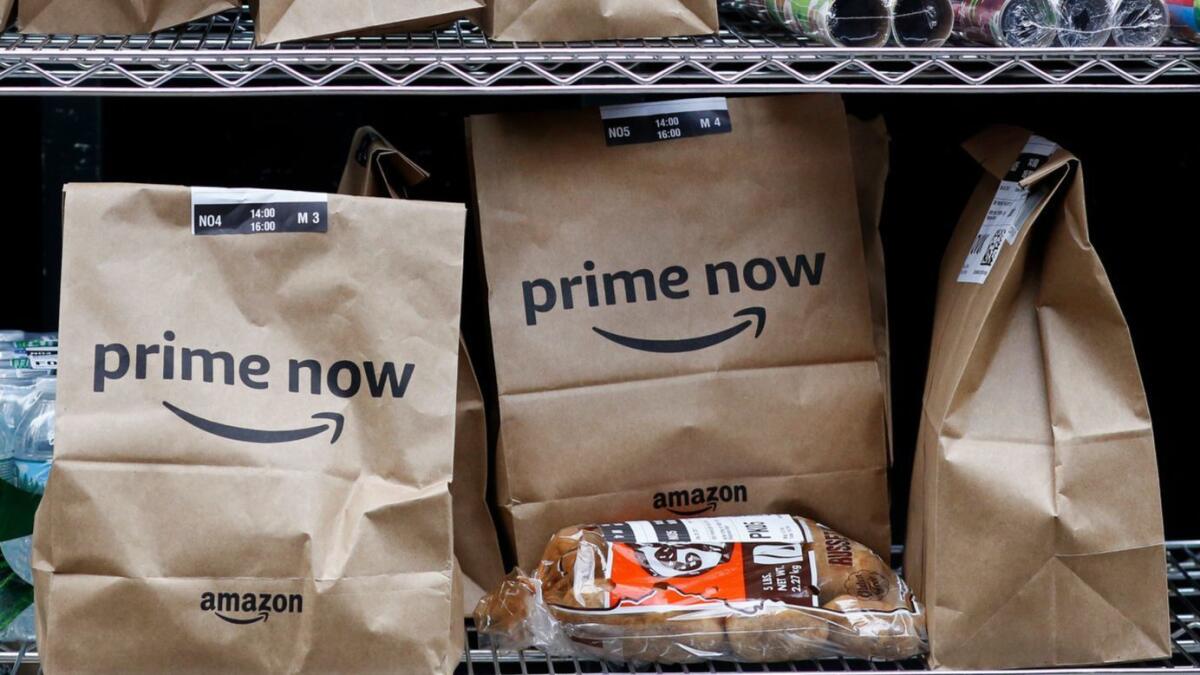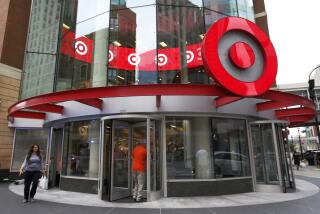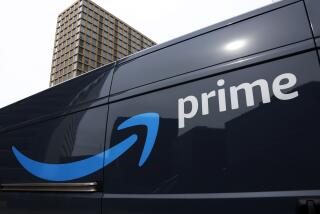Amazon Primeâs price is rising to $119 â but there are ways around paying that much

Amazon Primeâs price is about to go up. Anyone in the United States who wants a new annual membership has about two weeks to subscribe before the cost jumps 20 percent.
Starting May 11, the cost of an annual Prime membership in the U.S. will rise to $119 from $99. The increased price will apply to renewals starting June 16.
Amazon.com Inc. last raised the cost of a Prime membership in March 2014, and in an earnings call Thursday, executives emphasized that the value of a Prime membership has evolved since then.
Two-day shipping, the serviceâs main benefit, is available on more than 100 million items, up from 20 million in 2014. For some, a Prime membership can mean same-day delivery for a variety of goods, including two-hour delivery of groceries from Whole Foods.
âThe value of Prime to customers has never been greater,â Brian Olsavsky, Amazonâs chief financial officer, said Thursday in a conference call with analysts. Providing the service has grown more expensive for Amazon, he added: âEspecially with shipping options and digital benefits, we continue to see rises in costs.â
Olsavsky said that for people who canât swing the annual membership, a monthly membership of $12.99 is still available. (The new price of an annual membership works out to just under $10 a month, but subscribers must commit to a full year.)
Piper Jaffray analysts said in a note to investors that they donât think the price increase will make a meaningful number of Prime members quit the service. They said that members still will get a lot for their money and that subscribers of similarly priced services â Netflix, for example â havenât tended to quit because of price increases.
Prime has an estimated 77 million U.S. subscribers, according to Piper Jaffrayâs survey work. If 80 percent of those subscribers pay the new higher annual membership price, that would boost Amazonâs revenue by $1.2 billion, the analysts wrote.
Amazonâs stock jumped to a record high Friday, rising as much as 7.9% to $1,638.10 before subsiding somewhat. The shares closed at $1,572.62, up 3.6 percent.
The company reported quarterly earnings after markets closed Thursday, and investors cheered its unexpectedly large leap in profit. The worldâs largest online retailer also forecast second-quarter profits that topped analystsâ forecasts, buoyed by the swelling ranks of Prime subscribers and a profitable cloud-computing division thatâs attracting more corporate customers.
For those shopping around for a better Prime deal, here are some alternatives.
Share with a friend or family member
Amazon Prime users can share their memberships with one other adult through the companyâs Household feature, which allows family members and roommates to tap into a number of Prime benefits, including Prime Photos and album sharing, streaming videos and free books through Amazon First Reads. But thereâs a catch: Users must agree to share payment methods, including credit cards and gift cards. Each Household account can accommodate two adults, as well as four teenagers and four children.
Head back to school
Students with an .edu email address are eligible for a half-price student membership for up to four years. Prime Student will cost $59 beginning next month (up from the current $49) and includes special discounts on items such as snacks and school supplies. Students also can sign up for a free six-month trial.
Pay for a month
As Olsavsky noted, Amazon offers a monthly membership for those who donât need â or want â Prime year-round. Monthly memberships will continue to cost $12.99 (which works out to about $156 a year), while students pay $6.49 (about $78 a year).
Pick and choose what you want
Want to stream movies, but donât care about free shipping on orders less than $25? Then you might consider paying $8.99 a month (about $108 a year) for Prime Video.
See if you qualify for discounted rates
Shoppers who receive certain types of government assistance, including Medicaid, may qualify for a discounted Prime rate of $5.99 per month, or about $72 a year, which will not increase with the announced jump in the annual membership price. To check eligibility, you can upload a photo of your Medicaid or EBT card, which is given to recipients of programs such as Temporary Assistance for Needy Families (TANF); Women, Infants and Children (WIC); and Supplemental Nutrition Assistance Program (SNAP). Amazon notes on its website that funds on EBT cards cannot be used to pay for Prime memberships.
Shop somewhere else instead
Walmart and Target â which are two of Amazonâs biggest rivals â offer free two-day shipping on orders over $35. (Amazon offers free shipping on orders over $25.) Nordstrom, Apple and Neiman Marcus, meanwhile, ship all orders gratis. Need something now? Google Express offers free same-day delivery on a number of items from stores such as Costco, PetSmart and Loweâs.
A growing list of retailers also offer unlimited free shipping for an annual rate. (Think Prime on a smaller scale.) A $10 Sephora Flash membership, for example, provides free shipping on a yearâs worth of beauty products, and a similar pilot program at Bed Bath & Beyond costs $29.
Bhattarai writes for the Washington Post. Bloomberg was used in compiling this report.
Twitter @jaclyncosgrove
More to Read
Sign up for Essential California
The most important California stories and recommendations in your inbox every morning.
You may occasionally receive promotional content from the Los Angeles Times.











